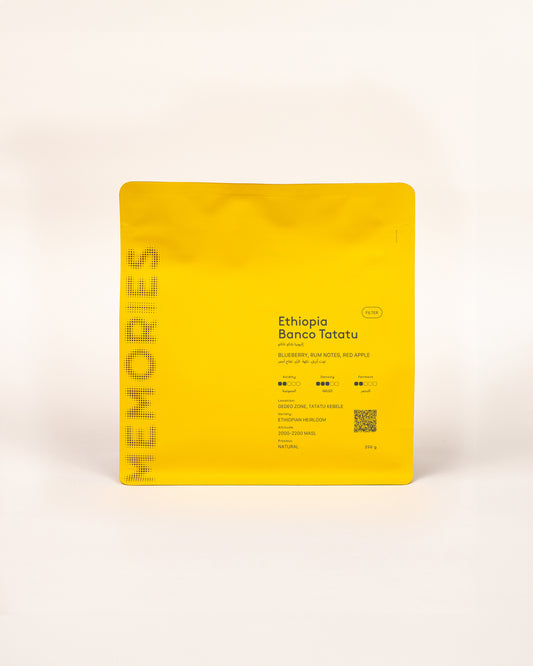Coffee Processing Methods

Coffee processing is one of the most important stages in the journey of the coffee cherry. Different methods reveal different flavors, require varying amounts of time and effort, and determine the final taste of the cup. In this article, we’ll explore the main methods of coffee processing: natural, washed, honey, and wet-hull.
Natural Processing (Dry Method): Why It Produces Sweeter Coffee
Natural processing is the oldest way of extracting coffee beans from the cherry. It originated in Ethiopia and Yemen, where the dry climate allows cherries to dry in the open air.
 Farmers dry the whole cherries on patios or raised African beds for up to four weeks. Sometimes drying machines are used after initial sun-drying. Because sugars and mucilage remain in contact with the beans, natural-processed coffee tends to have a heavier body and higher sweetness.
Farmers dry the whole cherries on patios or raised African beds for up to four weeks. Sometimes drying machines are used after initial sun-drying. Because sugars and mucilage remain in contact with the beans, natural-processed coffee tends to have a heavier body and higher sweetness.
Advantages / Disadvantages
|
Advantages |
Disadvantages |
|
Vivid flavor profile. |
Requires sorting of unripe cherries before drying. |
|
|
|
What else can this method be called: natural, dry, unwashed, fruit dried, sun dried, unwashed.
Honey and Pulped Natural Processing: Drying in Mucilage
In this method, the skin and part of the pulp are removed, and the remaining sticky mucilage gives the beans a honey-like color — hence the term 'honey processing'. Pulped natural or semi-washed processing removes most mucilage mechanically using a demucilager.
 Both methods result in parchment coffee — beans covered by the final protective layer — which are later hulled before export.
Both methods result in parchment coffee — beans covered by the final protective layer — which are later hulled before export.
Advantages / Disadvantages
|
Advantages |
Disadvantages |
|
Shorter drying time than natural processing. |
Higher risk of defects from mechanical stress. |
|
|
|
Washed Processing: The Pursuit of Clarity
Washed or fully washed coffee is produced by removing the pulp and mucilage through fermentation and washing with water. This method originated in the 1850s in Jamaica, where the humid climate made natural drying difficult.

Fermentation helps microorganisms break down the mucilage. After washing, beans dry in their parchment layer. This method produces cleaner, more acidic, and consistent flavor profiles.
Advantages / Disadvantages
|
Advantages |
Disadvantages |
|
Much faster drying process. |
Produces large volumes of wastewater. |
|
|
|
Wet-Hull Processing (Giling Basah): Fastest Drying Method
Wet-hull processing, common in Sumatra, involves removing the skin, pulp, and parchment before the beans are fully dried. Beans are hulled while still moist (20–24% humidity), which speeds up drying but increases the risk of defects.

Advantages / Disadvantages
|
Advantages |
Disadvantages |
|
Fastest drying method. |
Higher risk of defects and faster aging during storage. |
|
|
|
Glossary of Coffee Processing Terms
Depulping: Removing the skin and pulp from coffee cherries.
Mucilage: Sticky layer surrounding coffee parchment; rich in sugars and pectins.
Parchment (Pachment): The thin, protective layer around green coffee beans after mucilage removal.
Fermentation: Microbial process that breaks down mucilage and develops flavor precursors.
Hulling: Removing the parchment or dried fruit layer to obtain green beans.
Natural Process: Drying whole cherries; also known as dry or unwashed process.
Honey Process: Drying beans with some mucilage left; produces varying sweetness levels.
Washed Process: Removing mucilage through fermentation and washing; results in clean acidity.
Wet-Hull: Removing parchment while beans are still moist; typical for Sumatra.






